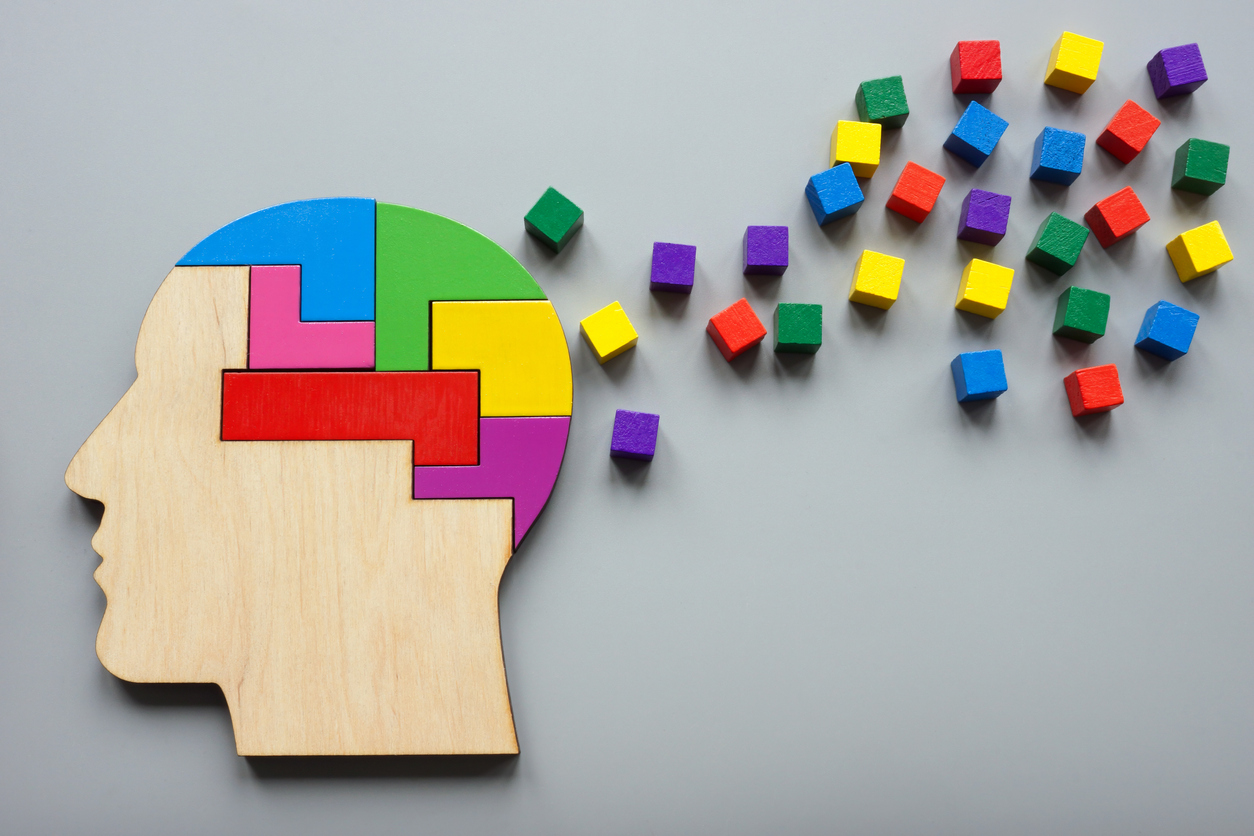In February, we Americans have several traditional holidays, celebrating our two greatest presidents, Washington and Lincoln, Valentine’s Day, and Groundhog Day. This column will bypass the presidents and the groundhog and focus on Love, which is associated with the observance of Saint Valentine’s Day.
Historically, it seems a certain Valentinus was martyred by the Romans in the second century C.E. (AD). Somehow (accounts differ) his name became linked with an earlier pagan festival (Lupercalia) that involved boys being matched with girls, and a ritual of female purification honoring the goddess Februata. Jumping ahead, since before the Civil War, Valentine cards picturing hearts have been sent by the bushel to convey romantic love toward that special one.
We therapists know that the course of true love, while it may run deep, can also bring heartache and great distress. We may hear a variety of complaints, which mostly boil down to “He/she doesn’t love me any more!” Yet we would be concerned to hear that a client/patient had never been in love.
So it is important to have a clear understanding of the L. word, since it is used in so many different ways: in popular songs, grand operas, sitcoms, novels, and everyday speech, to say nothing of love that has soured and led to violence and even homicide as reported in the news. Basically, love problems involve the emotions of hurt and anger, with cognitive confusions, and behavioral mistakes, but it can get complicated.
How can we best understand romantic love? (Love for other family members, friends, nation or God has similarities, but without the sexual and soul-mate components.) First of all, romantic love is a powerful emotion, with layers of both conscious and unconscious meaning. A person’s past relationships, both pleasurable and painful, are often at work; the lessons learned from a childhood spent with a good or bad father or mother are lasting influences. While “like marries like” frequently, it’s also true that “opposites attract,” reflecting their complementary needs.
We know that all emotions fluctuate, including love, but this can be a shock to lovers. While falling in love is a wonderful experience, it is by nature unstable and cannot last; you cannot keep falling forever. The emotional highs and lows of romance, with their unrealistic idealizations and surprised disappointments, eventually should mellow out somewhat, and the emotions take on a different flavor. Unfortunately, when lovers are attracted to individuals who seem to share their own values and attitudes (and who thus can easily understand and accept them — a powerful magnet), they are often unprepared for the individual differences that inevitably appear. It’s easy to fall in love, but learning to stay friendly with someone with whom you sometimes differ involves a different emotional stance or flavor. A successful lasting love is more like a richly layered friendship than a tumultuous passion.
Here, the perspective of psychology can clarify. As therapists, we need to examine not only individual psychological reactions but also the nature of the relationship between the two people. How do the lovers treat each other: is their behavior characterized by egotism, dominance, generosity, loyalty, or what? And what beliefs and expectations (or prejudices) does each bring to the relationship? What is the social context that contains the attitudes of her/his upbringing in a particular religion, race, national or ethnic background, social class, and neighborhood? What does each person’s mind hold as proper or improper about sexual activity and gender roles, and what feelings may be spoken about or must be kept silent? Furthermore, we can investigate how the relationship has developed over time: what kinds of changes have made the couple more loving, or less so, than they were on their first anniversary?
Finally, we are concerned with a couple’s communication. We listen keenly for even a single word that may indicate a sensitive issue that needs to be addressed. A major task in therapy that deals with love and its vicissitudes is to help our patients/clients learn how to communicate their differences and desires, their hopes and fears, without becoming so critical or angry that they put the partner on the defensive, and the relationship becomes inflexible and in danger of disintegration. Basically, they need to learn to treat their partner’s feelings and values as important as their own.
In the beginning, something powerful brought these two people together. Sexual attraction was there, but also some recognition of deep similarity and/or complementary. Does this complex of bonding factors still exist in the relationship, and can it be strengthened, to sustain the hard work of learning how to talk to each other with full and equal respect? Sending a Valentine is just the beginning.
David C. Balderston, Ed.D., LMFT
New York City




